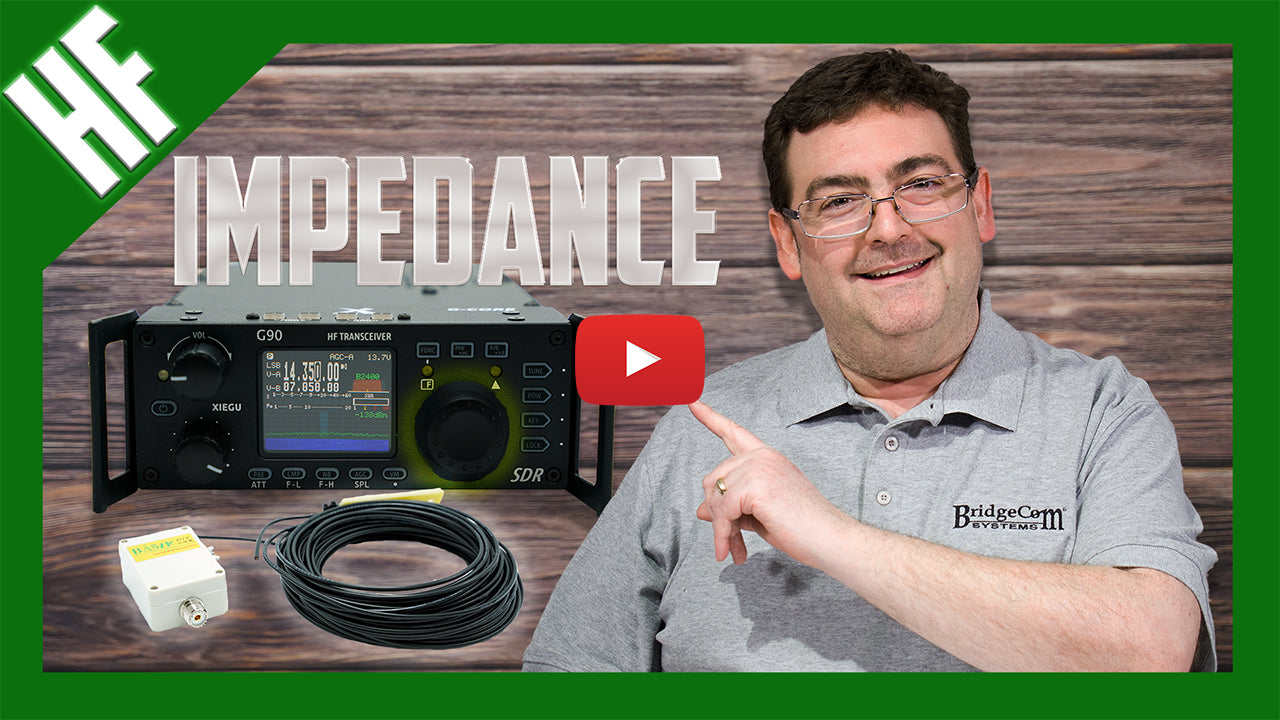Have questions? Give us a call! (816) 532-8451
Have questions? Give us a call:(816) 532-8451
Great choice! Welcome to the exciting world of digital radio.
Have questions? Give us a call! (816) 532-8451
Have questions? Give us a call:(816) 532-8451

Impedance matching is simply how you set your antenna’s input impedance to correspond with your RF’s circuit output impedance. Most of the time, you’ll want to put this to 50 ohms. If the impedance of the antenna’s feed line and the antenna impedance does not match, your source will have complex impedance. Even if you set your antenna to the 50 ohms specification, you still need to consider the length of your feedline. Especially if it’s greater than 1/10th the frequency of the wavelength operation, it’s crucial your antenna impedance matches on the final board because minor alterations can occur due to electricity or even the nearby products. So why is all of this so important?
The reasoning behind us emphasizing a solid understanding of Antenna Impedance is for many reasons, but it’s mostly because we want you to get the most out of your antenna. Your antenna has to be impedance matched during assembly so that it operates within your desired frequency band with max efficiency. If everything runs with total efficiency, you’ll enjoy the ability to maximize your range, lower your power consumption, and reduce heating. To ensure your antenna gets max power from the RF circuitry, you need to match the input impedance to 50 ohms. To measure this impedance input, you need to follow the standing wave ratio or SWR. SWR defines how well your antenna impedance matches the Tx impedance. If the SWR is low and flat, you’ll have max power transfer from the Tx line. If you’d like to learn all the ins and outs of “Antenna Impedance Matching,” we’ll link below to an informative and in-depth article.
Although this process is complicated and requires lots of time input, antenna matching is a must-have for any Ham interested in HF. If you’d like to get started with a quality radio in HF, click the link below
Leave a comment